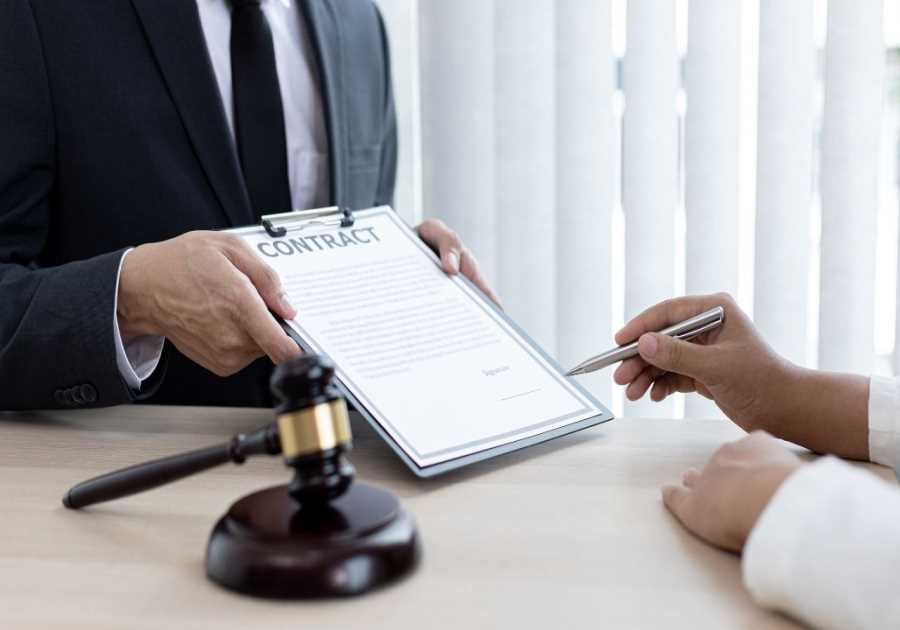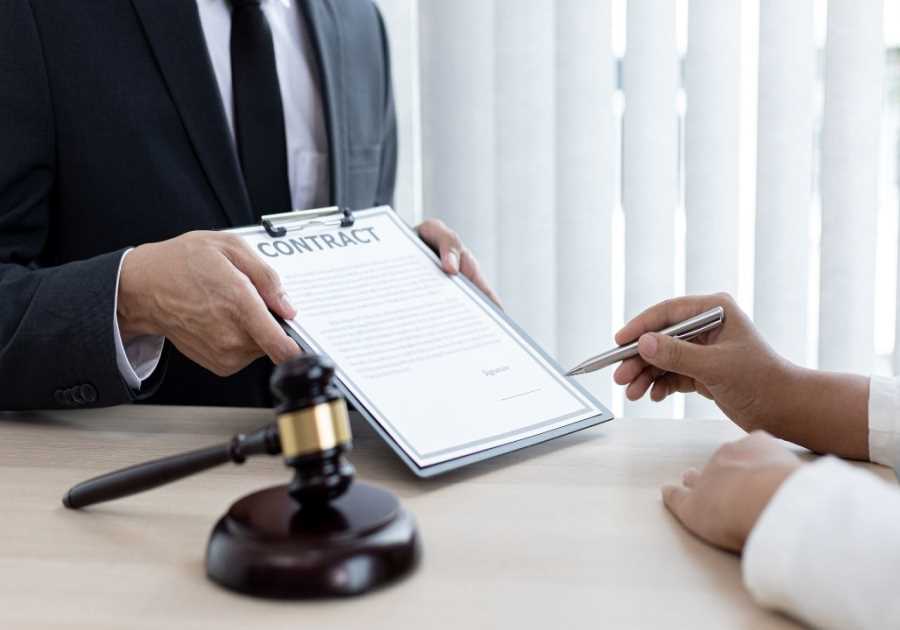Every American owes a debt of gratitude to veterans and their spouses. While that debt can never truly be repaid, the government does make an effort to do so by providing veterans and their dependents with a variety of benefits. One of those benefits, however, is often overlooked because veterans may not know it exists. Veterans Aid & Attendance (VA&A) benefits can help veterans and/or surviving spouses in need of care. To help ensure that you are receiving all the benefits to which you are entitled, the Indianapolis attorneys at Frank & Kraft explain Veterans Aid & Attendance benefits.
What Is the Veterans Aid & Attendance Benefit?
Veterans who qualify for pension and who require assistance with activities of daily living may qualify for additional benefits through the Veterans Aid & Attendance (VA&A) program. VA&A benefits are designed to assist those who need financial help for care either in their home, a nursing home, or in an assisted living facility. VA&A benefits can be used to cover the cost of personal care services, medical expenses, and even provide compensation to a caregiver. If you are already receiving a VA pension, the VA&A benefit can increase the pension amount to help pay for the extra costs associated with long-term care needs.
Am I Eligible for Veterans Aid & Attendance Benefits?
To be eligible for VA&A benefits as a veteran, you must first be eligible for pension benefits. If you are a surviving spouse, you must be eligible for Dependency and Indemnity Compensation, or DIC, benefits. In addition, you (or your spouse) must meet the following requirements:
- Service Requirements: As a veteran you must be at least 65 or officially disabled if younger, have been honorably discharged or released under conditions other than dishonorable, and be considered a “wartime veteran” meaning you served at least 90 days and served at least 1 day during the wartime dates below, but not necessarily in combat:
- World War II: Dec 7, 1941 – Dec 31, 1946
- Korean War: Jun 27, 1950 – Jan 31, 1955
- Vietnam War: Aug 5, 1964 – May 7, 1975 (or Feb 28, 1961 – May 7, 1975, for Veterans who served in Vietnam)
- Gulf War: Aug 2, 1990 – Undetermined
- Health Requirements: The A&A benefit is intended for veterans or surviving spouses who need regular assistance with daily living activities. You may qualify if:
- You require the aid of another person to perform personal functions required in everyday living, such as bathing, feeding, dressing, attending to the wants of nature, adjusting prosthetic devices, or protecting yourself from the hazards of your daily environment.
- You are bedridden, in that your disability or disabilities requires that you remain in bed apart from any prescribed course of convalescence or treatment.
- You are a patient in a nursing home due to mental or physical incapacity.
- Your eyesight is limited to a corrected 5/200 visual acuity or less in both eyes; or concentric contraction of the visual field to 5 degrees or less.
- Financial Requirements: Like the VA pension, VA&A benefits have income and asset limits. The veteran or surviving spouse must meet these financial criteria to qualify. The VA takes into account your countable income, which includes Social Security, retirement payments, and other sources of income; however, unreimbursed medical expenses can be deducted from countable income, potentially lowering the veteran’s income to meet the eligibility threshold. From December 1, 2023, to November 30, 2024, the net worth limit to be eligible for Veterans Pension benefits is $155,356. There is effectively and income and asset limit for veterans and surviving spouses applying for Veterans Aid & Attendance that can be complicated to calculate and changes annually. Like other government benefit programs, a “look-back” period applies to asset transfers made for less than fair market value during the three-year period leading up to your application for VA&A benefits.
How Do I Apply for Veterans Aid & Attendance Benefits?
If you are a veteran or a surviving spouse you will need to fill out VA Form 21-2680 (Examination for Housebound Status or Permanent Need for Regular Aid and Attendance) as well as the pension application, VA Form 21P-527EZ (for veterans) or VA Form 21-534EZ (for surviving spouses). These forms can be downloaded from the U.S. Department of Veterans Affairs website. You can also apply for benefits in person at your nearest VA regional office.
Do You Have Additional Questions about Veterans Aid & Attendance Benefits?
For more information, please join us for an upcoming FREE seminar. If you have additional questions about Veterans Aid & Attendance benefits, contact the experienced Indianapolis estate planning attorneys at Frank & Kraft by calling (317) 684-1100 to schedule an appointment.
The post Understanding Veterans Aid & Attendance Benefits appeared first on Frank & Kraft, Attorneys at Law.
Read MoreBy: Paul A. Kraft, Estate Planning Attorney
Title: Understanding Veterans Aid & Attendance Benefits
Sourced From: frankkraft.com/understanding-veterans-aid-attendance-benefits/
Published Date: Thu, 24 Oct 2024 17:30:00 +0000
----------------------
Did you miss our previous article...
https://trendingintaxation.com/trusts/should-i-contest-a-will-in-indiana






